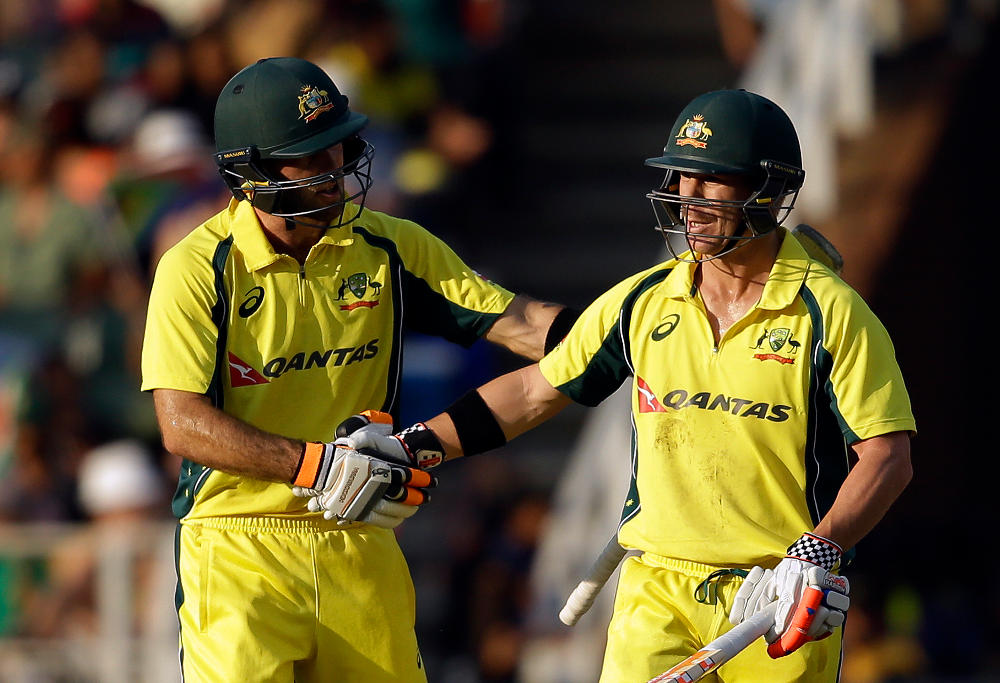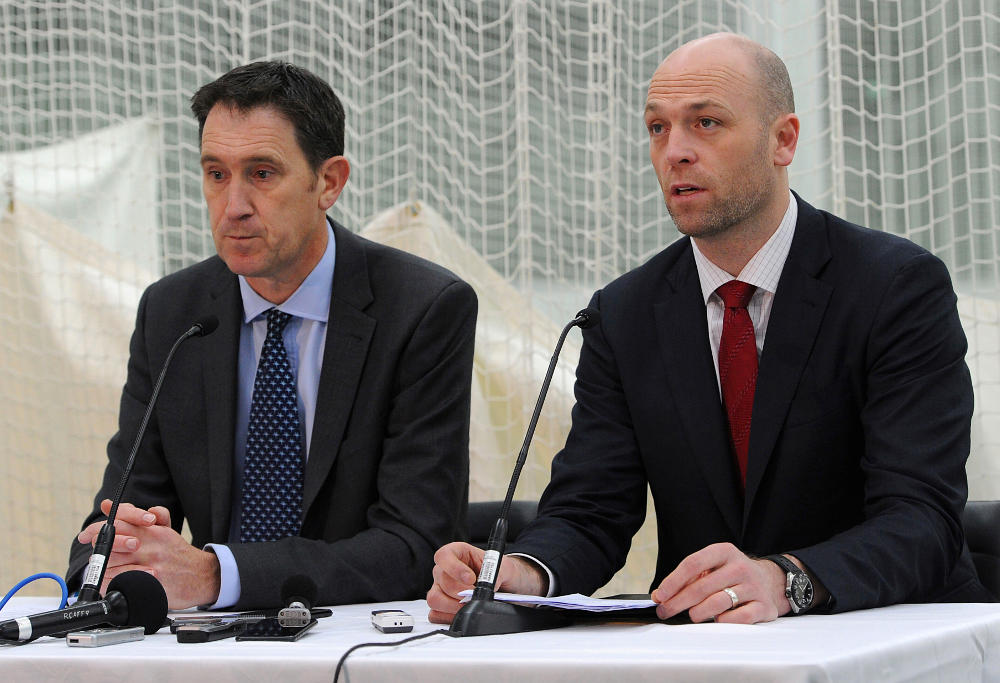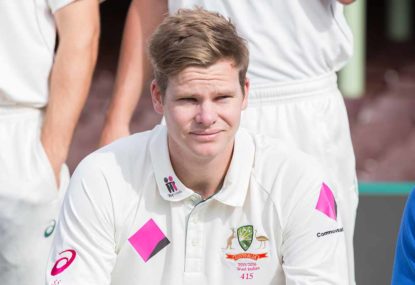“I’m very pleased to be sitting up here with Alistair to announce that Cricket Australia and the ACA have arrived at an in-principle agreement for the Heads of Agreement as a basis for the next MOU.”
So ended the biggest dispute in Australian cricket since some bloke called Kerry decided to start his own competition.
Well, almost ended. The players still need to approve the agreement. The next Memorandum of Understanding still needs to be signed – and that won’t happen for some time. But for all intents and purposes, the pay war is over.
Finally, we can all start talking about actual cricket again, and not just the politics and economics of the sport.
But, while one final opportunity presents itself, it’s worth casting our eye over the dispute before forgetting about the nitty-gritty of revenue sharing and grassroots funding and instead debating the greater issues of whether Shaun Marsh will be picked for another Test series just because it’s on the subcontinent and if Matthew Wade really is the best wicketkeeper-batsman in Australia. (To which the answers are ‘I bloody well hope not’ and ‘surely not’. But I digress).
When we turn to the details of the agreement between CA and the ACA this one last time, one thing is clear.
The players won.

(AP Photo/Themba Hadebe)
It’s a reductive, possibly unfair and almost certainly premature evaluation of a complicated and nuanced topic, but there’s no denying the deal appears to be a victory for Alistair Nicholson, the ACA and all those players who’ve been typing #fairshare on social media like there’s no tomorrow.
The players wanted to keep a revenue sharing agreement. They’ve got it. For all players.
They wanted backpay for the past two-and-a-bit months in which they’ve been unemployed. When the new MOU is signed, they’ll get it.
Those two points alone surely make this a resounding ACA success, who have refused to be cowed in the ten-month negotiations. Whatever way you spin it, Cricket Australia’s efforts to split the playing group failed, and the compromises which the ACA has apparently made are awfully difficult to find.
The significance of this for Australian sport as a whole cannot be understated. It is proof of how much power a united and unionised player group has over their administrators. There’d be little surprise if we were to see something similar from, say, the Rugby League Players’ Association in their own pay talks with the NRL.
Ignoring the potential cross-code impacts, whether the deal is actually any good for cricket as a whole – and not just the players – remains to be seen. Only with the added value of hindsight will we be able to make a judgement on that.
But female cricketers, collectively, have got themselves a nifty little $47.7 million pay raise. Grassroots funding is getting a very handsome shot in the arm – $10-20 million more per year from Cricket Australia, and up to $30 million from the ACA.
The signs are positive.
As is the relatively small amount of cricket we’ve lost as a result of the dispute; the only casualty of the pay war has been an ‘A’ tour of South Africa. No doubt it’s one we would have rather had, but a tour the fans mourned the loss of? I think not.
For that, credit must go to both parties. Yes, the players have seemed remarkably inflexible, and at times downright unhelpful (looking your way, Mr Warner), during the dispute, and yes, it was incredibly rich of James Sutherland to be claiming about the need for urgency last week after he himself had only entered negotiations in July.
But the Test tour of Bangladesh will go ahead. The ODI series in India afterwards will happen. Most importantly, the Ashes won’t be lost.
Indeed, so small has the loss of games been that your average cricket punter fifty years down the track might wonder what all the fuss was about. Biggest crisis since World Series Cricket? What, those couple of months when they lost one tour and still competed in the Women’s World Cup?

(Mal Fairclough /AFP/Getty Images)
It could be a hard sell.
That obviously ignores the reputations and relationships that have been fractured over the past two – and ten – months. Plenty of fans and journalists would pay good money to be a fly on the wall when Pat Howard next addresses the Test team, or when David Warner has a chat with James Sutherland.
When Sutherland and Nicholson addressed the media at the MCG to announce the good news, both looked thoroughly drained, completely exhausted from late nights spent at the negotiation table. Their language hardly betrayed the fact calamity had just been avoided. It was tense and terse, evidence only of the damage this dispute has done.
But it is over. And for that, cricket fans should be more than a little bit relieved that our favourite summer pastime hasn’t been torn away.
Now, let’s get back to arguing about who the best wicketkeeper in Australia is, which all-rounder should be selected for Bangladesh, and how many bouncers Mitchell Starc should bowl in his first over of the Ashes.































































































